31 Days, 31 Lists: 2023 Informational Fiction for Kids

Creativity deserves commendation, wouldn’t you say? And when it comes to conveying nonfiction topics to children, such creativity isn’t just interesting. It’s downright necessary. My favorite nonfiction titles are the ones that find new ways to get kids engaged and interested in something they might not have cared about before.
But there’s a catch.
On the one hand, I adore thinking and acting in new ways. On the other hand, there’s a moment when that creativity goes from factual to fanciful. Nothing wrong with that, except that you can’t really call it “nonfiction” anymore. Pity the members of my library’s 101 Great Books for Kids committee. Whenever the subject of nonfiction comes up (and it comes up a lot) I become this shrewish harridan, railing against the sins of fake dialogue and books that speculate on the thoughts of people (or, almost more commonly, animals) without sufficient evidence. I decry those titles without backmatter. As you can tell, I am truly a joy to work with. Fortunately, there’s a term (coined, I do believe, by the inestimable doyenne of nonfiction herself, Melissa Stewart) that allows books that mix fiction and fact together to have their own moment in the sun: Informational Fiction. And to that end, I salute those very books today. You won’t see me putting them on any of the straight-up Nonfiction lists for 2023, but I want you to acknowledge how nicely they do the job of making their subject matter bright, fun, and always always interesting.
ADVERTISEMENT
ADVERTISEMENT
And if you’d like a PDF of today’s list you can find one here.
Curious about other books that mix their fact and fiction together? Then check out some previous years’ lists:
2023 Informational Fiction for Kids
AlphaBot by Vicky Fang
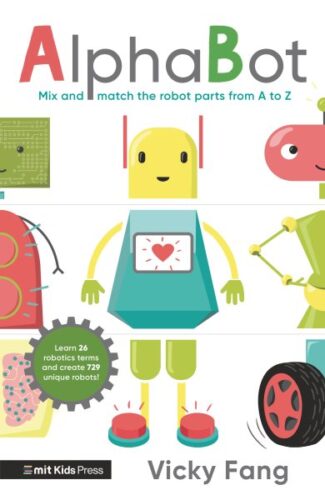
Fine. I’m a sucker for the mix and match books. So sue. This is actually a STEM board book/mix and match title, which puts it in the company of . . . no other books out there. So it’s definitely on the older side, but these robotic terms aren’t pushy at all. They just gently suggest themselves. As you flip through your robot’s head, middle, and lower extremities, on the right hand side is what they look like and on the left hand side are little vocabulary terms like “Android”, “LED”, or “Neural Network” (which I kind of love because in that case you’ve just given your robot some freaky deaky brain legs). As you flip through with your kid you can just say the terms and hope that in some small corner of their brains the terms will lodge there. It’s science done gentle and fun, and isn’t that what we’re all hoping for with these books? Previously Seen On: The Board Book List
Burt the Beetle Lives Here by Ashley Spires

Burt! He’s back! He’s back and he’s by Ashley Spires, so you’d do well to sit up and take notice. Good old Burt. If you saw Burt’s previous outing in Burt the Beetle Doesn’t Bite then you’ll be familiar with this general format. Essentially, Burt is a june beetle who lives alongside a fair number of other bugs. His antagonist is the informational nonfiction narrator that makes his life difficult and gives him a reality check when often that’s the last thing he wants. In this particular book, Burt is on the lookout for a home, and he’s soliciting ideas from the other insects. Trouble is, what works for, say, a termite or a bee does not work for a june beetle. The jokes? They land. And the comic book format and panels make for a rather lovely way of getting some factual information into kids’ brains. Add in the “Awesome Insect Builder Facts” and you have yourself a highly enjoyable science info conveyance system.
The Deep End: Real Facts About the Ocean by Drew Sheneman
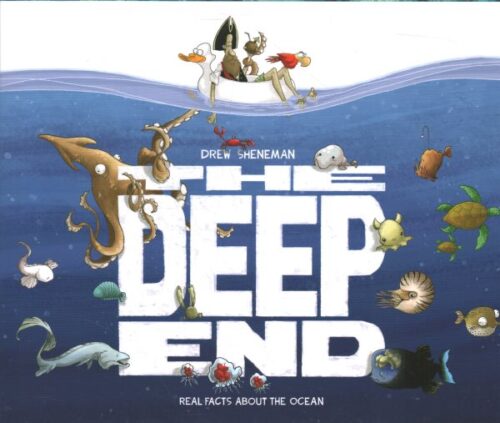
Doggone it. You know, throughout the year I try to read through my piles and piles and piles of books with the single purpose of weeding a bunch of them out. But when a book is as funny AND informative as this, I’m up a tree. How can I resist it? Our captain narrator here serves as our avatar as we learn more and more about the creatures of the deep deep deep. He’s a bit of a dork, but you grow to love him as he pairs up with an actual scientist in his quest to learn what exists at the bottom of the sea. If you have a penchant for manatees wearing seashell bras when explaining how some sailors mistook them for mermaids (“I make this look good”) and some new facts that I hadn’t actually encountered in any of the other 500 deep sea books this year, this is the book for you! It has some really delightful lines in it as well (“We’re just glossing over the whole dissolving bones thing?”). And for the record, any book that seems to contain any tangential Simpsons references in its pages instantly gets an additional 30 points in my book (I can’t prove it but the line “I sleep in a bed that looks like a race car” seemed awfully familiar).
I Am a Tornado by Drew Beckmeyer
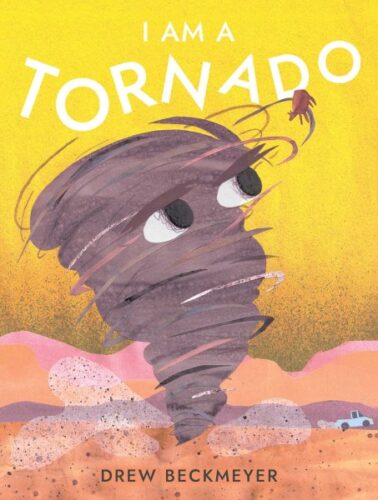
Often I read a picture book and instantly know what category to slot it into. Then, once in a great while, I meet a book that sort of defies my expectations and understandings. I thought, going into this book, that it was going to be funny. And it was! And I thought it might have a bit of a message, and there’s some of that too. So, a job well done, right? We’ll just put this book on the Funny list and the Message list. But then I actually read the whole thing cover to cover and found that it becomes downright poignant at the end. Beckmeyer makes this seemingly silly story of a tornado wrecking havoc into a gentler tale of why people with power cling to it so tightly, and the loneliness that can be their real fear. That final shot of the winds blowing through the windmills really got to me. Then there’s also the fact that Beckmeyer has sneakily worked in all kinds of science information here discussing the formation of tornadoes and where they come from. By the end, I realized that while there are humorous parts to this book, what it really is is a fantastic readaloud for kids. A strange, wonderful one. Like a picture book version of the Neko Case song “This Tornado Loves You”. Never thought I’d write that in a picture book summary before. Previously Seen On: The Readaloud List
Ice Cream Man: How Augustus Jackson Made a Sweet Treat Better by Glenda Armand and Kim Freeman, ill. Keith Mallett
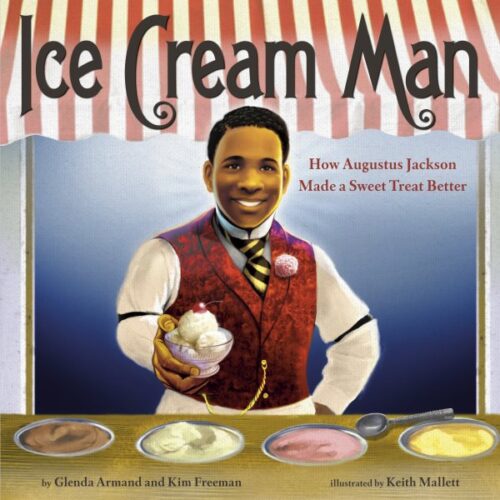
We see, in our time, a number of children’s books about new heroes, hitherto unsung in their time. In many ways, picture book biographies are the place where new heroes can now, finally, find their place in the sun. No better example of this exists than this marvelously fun new bio of Augustus Jackson. Granted, the book contains at its start the following caveat: “This story is true to the known facts of Augustus Jackson’s life and the realities of society during the time he lived. However, in crafting this biography, we included some imagined scenes, people, and dialogue. These parts of the story are dramatic extensions of historically documented events and interactions.” Hence its inclusion on this particular list today. Even so, aside from the occasional imagined thought on Mr. Jackson’s part, by and large this book sticks fairly closely to the truth. What really threw me was the idea that Augustus Jackson was the one who came up with the notion of using rock salt to create ice cream at a faster rate. As any child that has ever attempted to create their own handmade ice cream will tell you, that ingredient is essential to its creation. This book does a marvelous job of making Augustus and his world completely relatable and understandable. This, in spite of the fact that he lived in the early 19th century. The art of Keith Mallett helps in bringing this story into a context that kids today will understand. And who doesn’t understand ice cream? A marvelous choice of subject and final product all around!
Ready, Set, Run! The Amazing New York City Marathon by Leslie Kimmelman, ill. Jessie Hartland

What’s it like to run in a real marathon? Stretch, get a good night’s sleep, and join the 50,000+ runners for a fun look at this amazing race! It was a co-worker of mine who pointed out to me that this book is one of the rare sports-related titles that I could add to this list. Admittedly, I was already very fond of it. If you remember the old book The Philharmonic Gets Dressed, this has a lot of similarities. You get to follow not simply the route of the New York City Marathon (I adore the map in this book) but also so many of the details. I used to live right along the route in Manhattan so this felt so true to me (particularly those darn bananas they hand out). And I Iove how fun little facts are snuck in along the way. But the best thing about this book? When you read it you suddenly want to join in and give the marathon a whirl. I hate running and I started thinking to myself how fun that could be. Now THAT is a sign of a successful book!
Seals Are Jerks by Jared Chapman

It’s that moment in a child’s life when they realize that nature is red in tooth and claw. A kid is utterly enamored of seals, who are, admittedly, just adorable. Then the truth about what they eat comes out. I mean, it’s penguins, y’all. They eat penguins. Of course when our heroine makes it all the way to the Antarctic to grill a seal on its eating habits, it also is revealed that penguins eat fish. And orcas eat seals! This is less a circle of life discovery moment and more the fact that morality and what you eat don’t really go hand in hand in nature. Loved the “Facts about Antarctica” backmatter here, which doesn’t drill down into a Bibliography or anything (this isn’t strictly a nonfiction book, after all) but does offer such tidbits as, “Since they only have ear canals, leopard seals are considered earless seals, which means they have to work really hard to be good listeners.”
The Search for the Giant Arctic Jellyfish by Chloe Savage

Dr. Morley and her superb crew are embarking on an adventure to finally see a giant arctic jellyfish. Will they succeed or is the jellyfish more elusive than they think? The best description of this book that I can come up with is probably something along the lines of Where’s Waldo meets The Life Aquatic with Steve Zissou. I loved the tiny details and characters’ relationships to one another (which two are the ones getting engaged under the Northern Lights?). I’m also quite fond of the matter-of-fact statement that a woman scientist is leading this expedition. It reads aloud brilliantly (you really have to punch the words “giant. arctic. jellyfish,” when they come up) and, of course, the jellyfish itself is just so sweet. And those colors! It’s a kooky little thing, but I’m awfully fond of it. You know who else is fond of it? Actual scientists! My library has an award (The Blueberry) that we give out for Nature and Environmental books for kids, and we always make sure to have a couple naturalists, scientists, and experts to round out the committee. What book do they overwhelmingly love this year? This one, baby.
Stinkbird Has a Superpower by Jill Esbaum, ill. Bob Shea
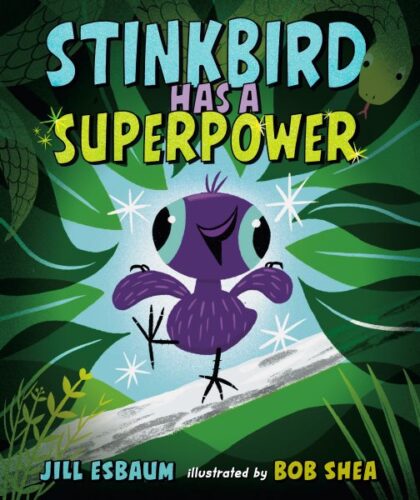
Every time I see an artist that normally works in the realm of fiction switch it up and do a little nonfiction, my heart sings. It sang last year when Steve Light illustrated Larissa Theule’s Concrete: From the Ground Up and it’s singing like a stinky little bird thanks to Bob Shea illustrating Jill Esbaum’s Stinkbird Has a Secret. I’m just gonna say it: This may be my favorite kind of book. It’s a title that tells a range of bizarre facts about an animal, ending with the strangest of them all. And no, if you’re assuming that the final fact about the hoatzin is that it stinks like poop, you could not be more wrong. That’s literally the first weird fact they mention. After that, it manages to come up with an even wider range of weirdnesses, from the fact that they build their nests precariously over rushing rivers, to a baby hoatzin’s ability to swim. But I ain’t giving away that final fact. No, sir. Bob Shea pulls out all his most expressive technicolor talents here, making him the perfect person to bring this tale to life. Thanks to the talking birds and plot, you can’t quite call this straight nonfiction, so I’m calling this a perfect example of informational fiction instead. A smelly old delight.
Team Trash: A Time Traveler’s Guide to Sustainability by Kate Wheeler and Trent Huntington

ADVERTISEMENT
ADVERTISEMENT
If you’d like a large dose of science with your science fiction then this time traveling adventure is your cup of tea. When Charlie and Oliver get paired up on a recycling project together, they accidentally find themselves traveling through time, discovering the different ways people have handled their own trash in the past. Delightful! I’ve literally never seen any book for kids take a systematic look at how sustainability isn’t just a 21st century idea. This does a great job of looking through a simultaneous worldwide and historical lens at the whole “reduce, reuse, recycle” concept as it’s applied to materials in the past. I also particularly enjoyed the discussion of what plastics can and cannot be recycled. Previously Seen On: The Science Fiction List
A Tulip in Winter: A Story About Folk Artist Maud Lewis by Kathy Stinson, ill. Lauren Soloy

My heart. It broke into two completely equal portions when I realized that this book, this truly lovely, utterly original biography, contained fake dialogue. As such, I won’t be able to put it on my Biography list this month, but don’t let that stop YOU from discovering it for yourself. Maud Lewis was an artist in what may be the truest sense of the word. Throughout her life she had rheumatoid arthritis, and as a child this meant she couldn’t play the piano anymore. What she could do, though, was hold a paintbrush. Eventually she became the live-in housekeeper to fish peddler Everett Lewis. Next thing you know, she’s painting his house, proceeding to create a magnificent piece of outsider art that does your heart good. In essence, she painted her own home, and did an incredible job of it. I adored the art from Lauren Soloy, which invokes Lewis’s art rather perfectly, as well as Stinson’s telling of her story. Had it not been for that dialogue (utterly unnecessary in the end) I suspect it would be making a slew of lists out there. As it stands, it got rave professional review after rave review.
Yoshi, Sea Turtle Genius: A True Story About an Amazing Swimmer by Lynne Cox, ill. Richard Jones
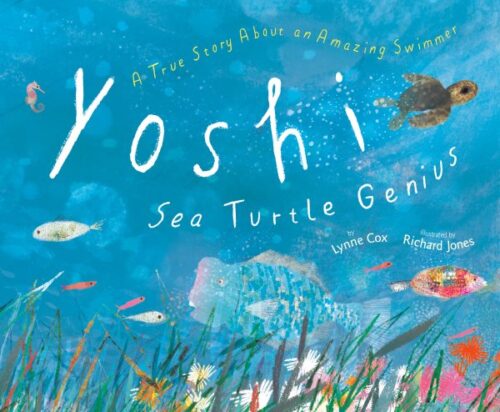
I’ve definitely seen children’s picture books about Yoshi before, and this one is by far my favorite of the bunch. Cox has done a lovely job not simply relaying the facts of Yoshi’s life but also explaining why that particular story is remarkable and (best of all for me) tracing her path as she swam in the ocean. She’s such a cool turtle! The element that threw me was how the book showed what the turtle was thinking . It’s a great story, then, reliant on a fictional tropes. The art is quite lovely as well, and I thought Cox did a great job of turning the facts into a story you can root for. So as a piece of Informational Fiction, two thumbs way up.
Zero Waste: How One Community is Leading a World Recycling Revolution by Allan Drummond

What happened when Kamikatsu, Japan ran out of space for its trash? Meet the community that has nearly achieved its goal of Zero Waste and what it took to get there. You read enough Allan Drummond books and you begin to recognize that they very wildly. This book? Utterly entrancing, and I think I can say that as both an adult and as someone with a kid’s perspective in mind. It’s always a problem when these environmental books for kids just leave you feeling helpless. This book, in contrast, is just bursting with hope. I know on some level that maybe this is a cheery version of a more complicated tale, but on a rudimentary we-can-make-change level I think it has a lot going for it. Plus, I’ve found myself thinking of it every time I recycle (or don’t!). Like Drummond’s other books there’s a fictional story that serves as the framework for the factual information. Whatever works, man. Just keep churning out these books!
Hope you enjoyed these! Here are the lists you can expect for the rest of this month:
December 1 – Great Board Books
December 2 – Picture Book Readaloud
December 3 – Simple Picture Book Texts
December 4 – Transcendent Holiday Picture Books
December 5 – Rhyming Picture Books
December 6 – Funny Picture Books
December 7 – CaldeNotts
December 8 – Picture Book Reprints
December 9 – Math Books for Kids
December 10 – Gross Books
December 11 – Books with a Message
December 12 – Fabulous Photography
December 13 – Translated Picture Books
December 14 – Fairy Tales / Folktales / Religious Tales
December 15 – Wordless Picture Books
December 16 – Poetry Books
December 17 – Unconventional Children’s Books
December 18 – Easy Books & Early Chapter Books
December 19 – Older Funny Books
December 20 – Science Fiction Books
December 21 – Fantasy Books
December 22 – Comics & Graphic Novels
December 23 – Informational Fiction
December 24 – American History
December 25 – Science & Nature Books
December 26 – Unique Biographies
December 27 – Nonfiction Picture Books
December 28 – Nonfiction Books for Older Readers
December 29 – Audiobooks for Kids
December 30 – Middle Grade Novels
December 31 – Picture Books
Filed under: 31 Days 31 Lists
About Betsy Bird
Betsy Bird is currently the Collection Development Manager of the Evanston Public Library system and a former Materials Specialist for New York Public Library. She has served on Newbery, written for Horn Book, and has done other lovely little things that she'd love to tell you about but that she's sure you'd find more interesting to hear of in person. Her opinions are her own and do not reflect those of EPL, SLJ, or any of the other acronyms you might be able to name. Follow her on Twitter: @fuseeight.
ADVERTISEMENT
ADVERTISEMENT
SLJ Blog Network
One Star Review, Guess Who? (#211)
Kevin McCloskey on ‘Lefty’ | Review and Drawn Response
Notable NON-Newbery Winners: Waiting for Gold?
The Seven Bills That Will Safeguard the Future of School Librarianship
Take Five: Newbery Picks, Part Two
Gayle Forman Visits The Yarn!
ADVERTISEMENT



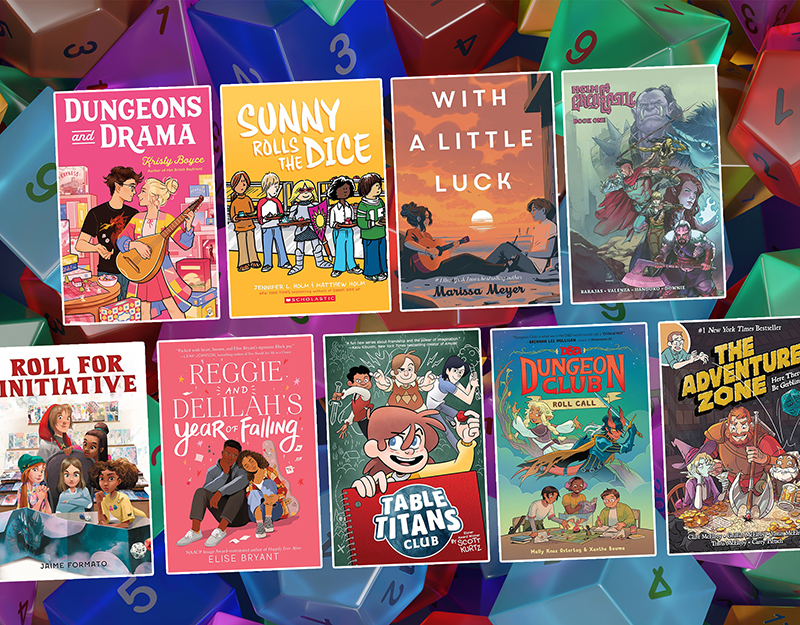
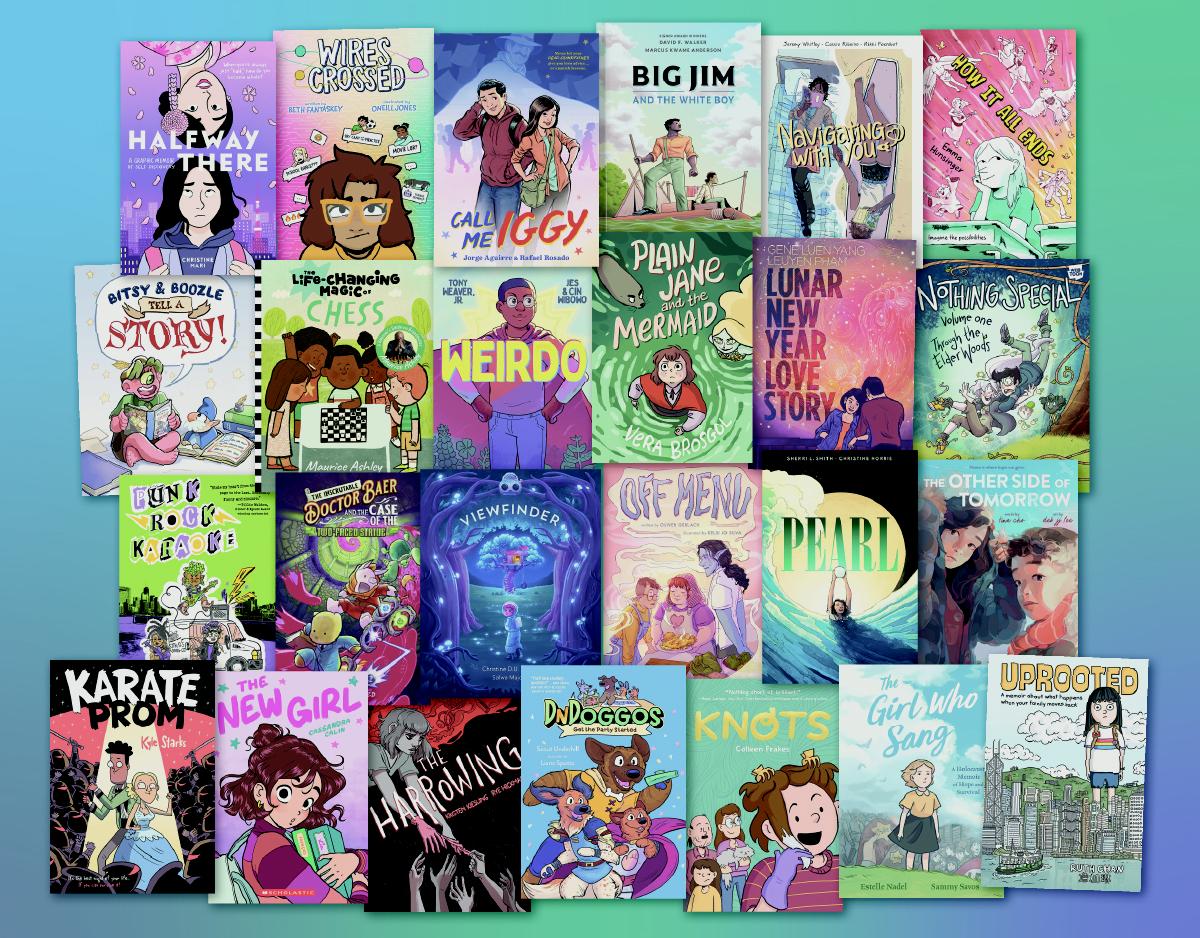
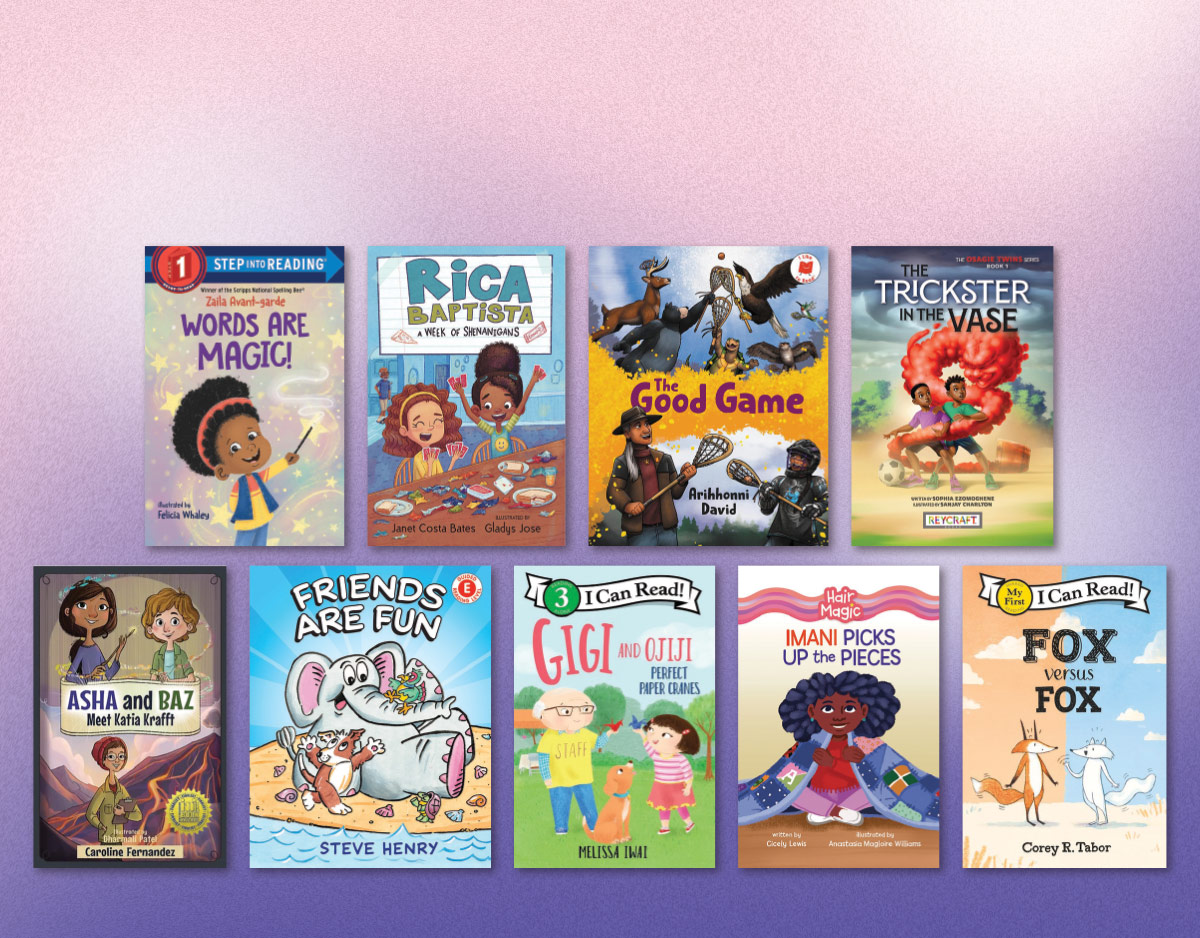
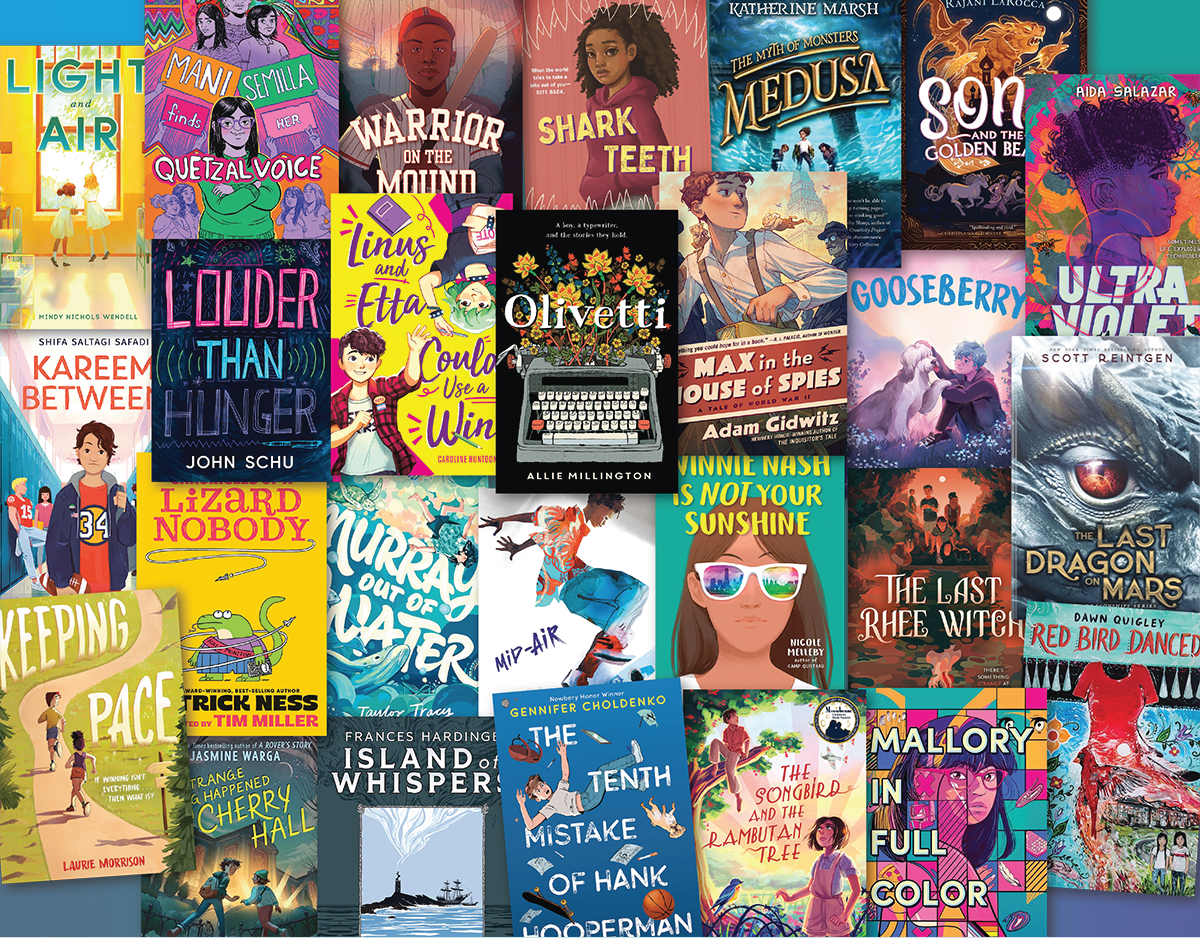
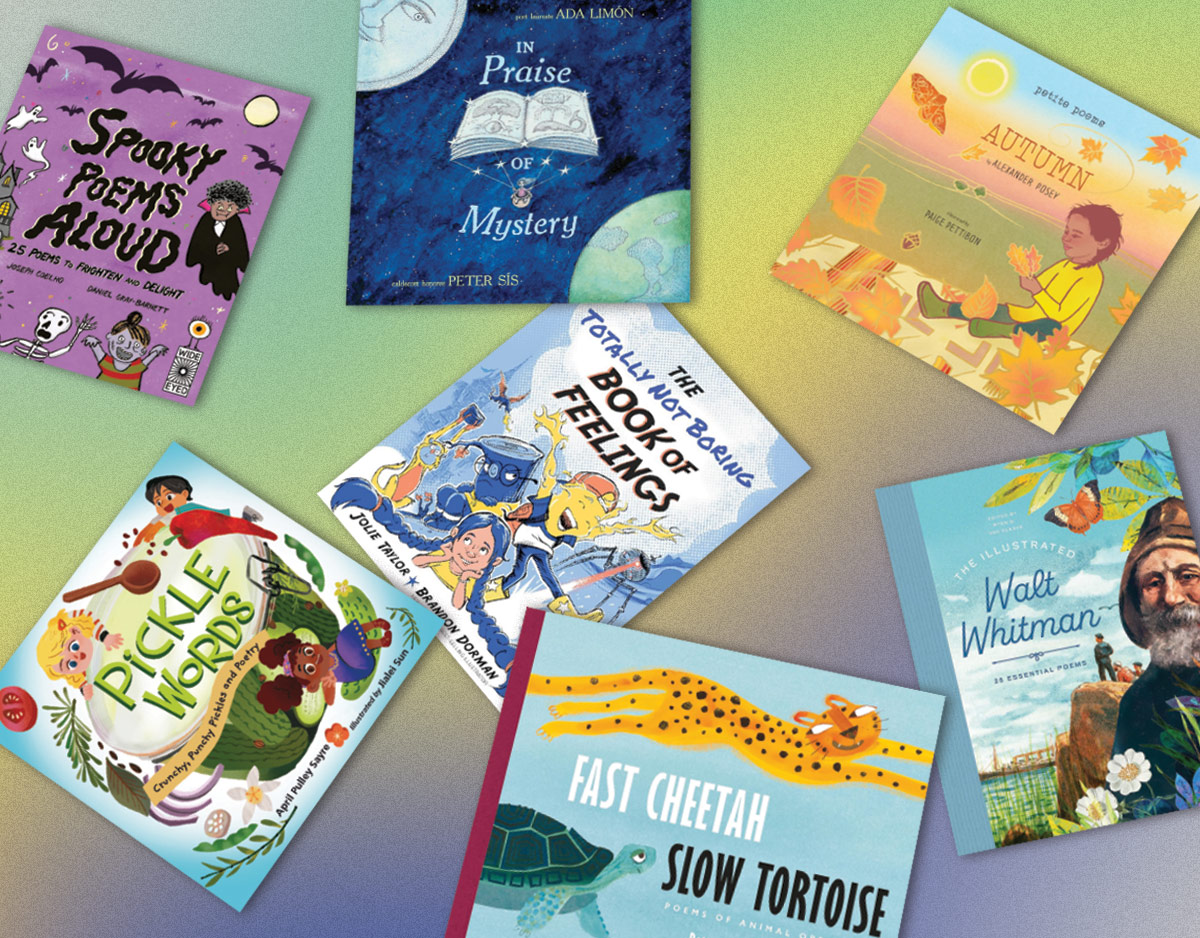
“BASED” on historical facts” when connected to books or movies causes me to run in the opposite direction. In the times we are living in, where it has become nearly impossible to separate truth from lies and people are choosing to believe as they do and act on those beliefs, today I will skip reading what you have to say about these books. I do appreciate your decision to group them on a list SEPARATE from those you judge as true non-fiction.
Well, that’s why I call them Informational Fiction and not Fictional Information, I suppose.
This is a wonderful list. I’m an elementary school librarian and had the pleasure of hosting Vicky Fang so I was delighted to see her book at the top. She’s a wonderful author and person.